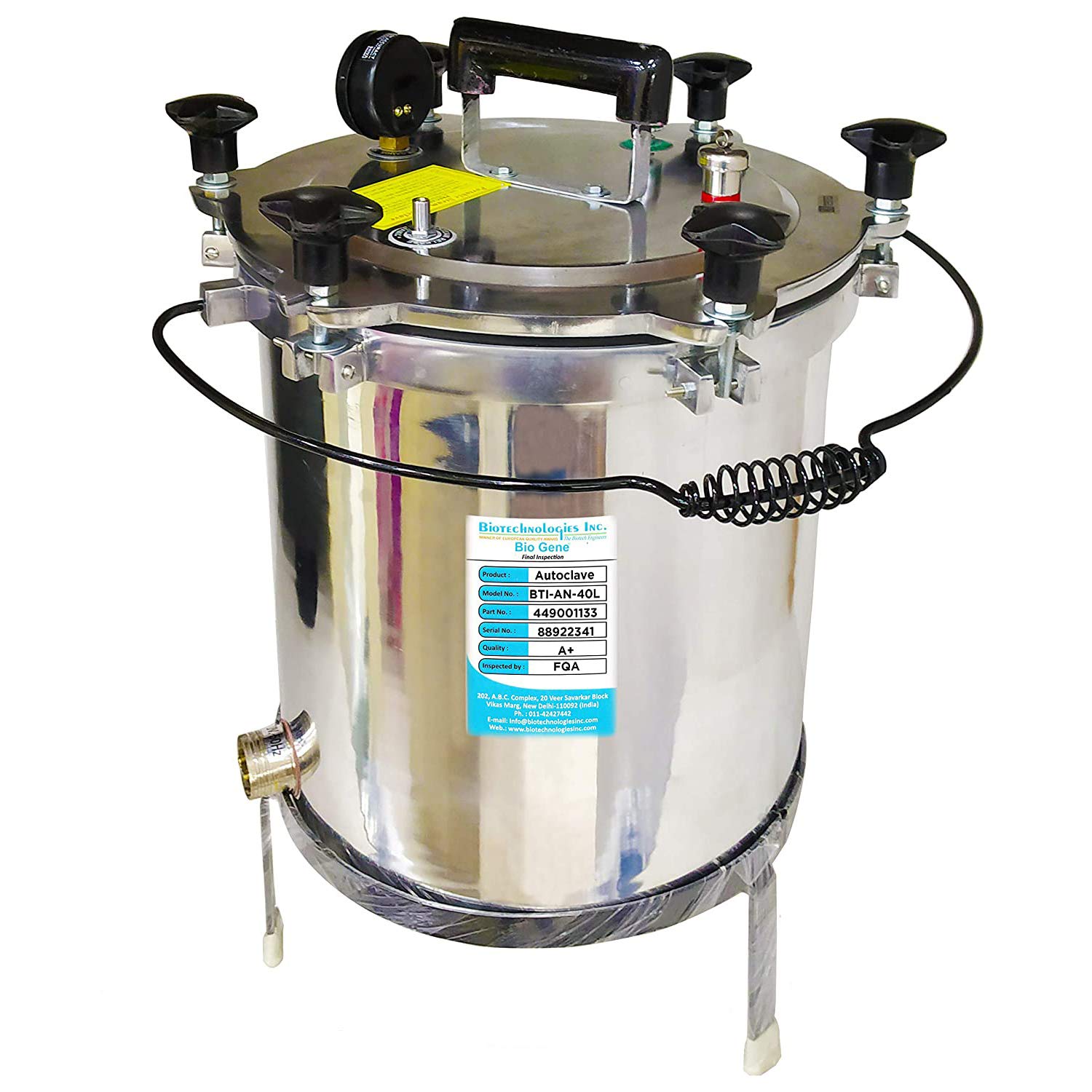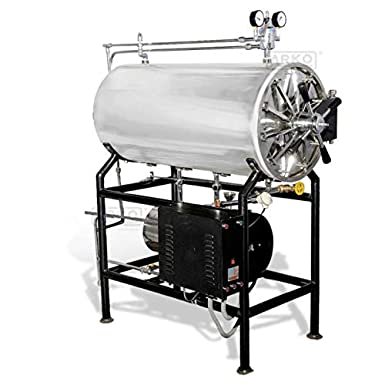Sterilization Methods
Definition
Sterilization can be defined as any process that effectively kills or eliminates transmissible agents (such as fungi, bacteria, viruses etc) froma surface, equipment, foods, medications or biological culture medium.
Methods of Sterilization
1. Physical Methods
- Thermal (Heat)
- Radiation
- Filtration
2. Chemical Methods
- Gas
- Liquid Chemical
- Chemical powder
Heat Sterilization
Most widely used
Reliable
Destroys enzymes and other essential cell constituents
Applicable to the thermo stable products and moisture sensitive materials
- Dry Heat ( 160°C - 180°C) for thermo stableproducts
- Incineration
- Red heat
- Flaming
- Hot air oven
- Moist Heat for moisture resistant materials
- Dry saturated steam - Autoclaving
- Boiling water
- Steam at atmospheric pressure
- Hot water below boiling point
The efficiency with which heat is able to inactivate microorganisms is dependent upon
the degree of heat, the exposure time and the presence of water. Heat induces lethal chemical events mediated through the action of water and oxygen
In the presence of water much lower temperature time exposures are required to kill microbe than in the absence of water
Benefit of dry heat :
Good penetrability and non corrosive nture whic makes it suitable for glass wares and metal surgical instruments and also for non aqueous thermo stable liquids and thermo stable powders.
It Destrous bacterial endotoxins (or pyrogens) which are difficult to eliminate by other means and this property makes it applicable for sterilizing glass bottles which are to be filled aseptically
Moist heat :steam in the range of (121°c - 134°C) Steam under pressure is used to generate high temperatureneeded for sterilization. Saturated steam acts as an effective sterilizing agent.
Autoclave : pressurized steam is used. Them most dependable system. Temperature upto 121°C - 134°C for 15 - 20 minutes under 15 lbs (pounds)
Radiation
Electromagnetic radiation : gamma rays, UV light
Particulate radiation : accelerated electrons aimed at microbial DNA
Suitable for surgical instruments, sutures, prostheses, unit dose oointments, plastic syringes and dry pharmaceuticalproducts
UV light : lower energy, poor penetrability suitable for air sterilization, surface sterilization, purification of water.
Filtration
Microorganisms not destroyed, but microbes and other particulate matter filtered. suitable for liquids and gases. Mechanism : sieving, adsorption and trapping within the matrix of the filter material. e.g. Hepa Filters
Two types of filters :
Depth filters,
Membrane filters Porous membrane about 0.1 mm thick, made of cellulose acetate, cellulose nitrate, polycarbonate, polyvinylidene fluoride or some other synthetic material
Gaseous Method
Formaldehyde
Ethylene oxide
Mechanism of action : alkylation of proteins and amnoacids of nucleic acids of the microbes
* * * * * * *




